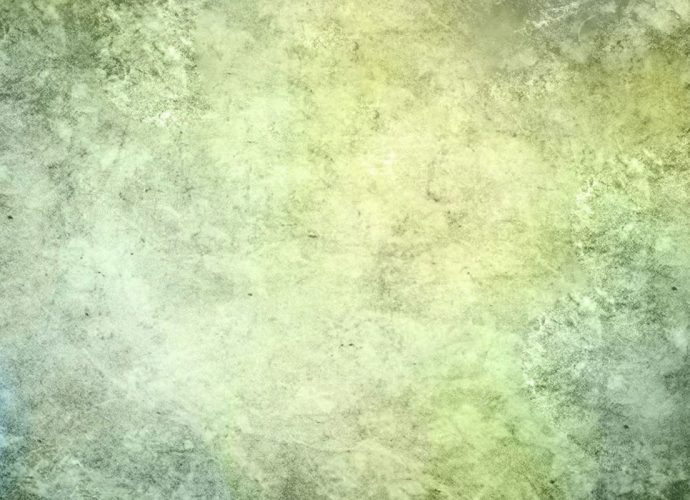Why Did They Wear White Wigs?
However, by the time of the American Revolution, wigs were out, replaced by a trend for powdering one’s natural hair. While it’s true that wigs were a major status symbol early in the second half of the 18th century, by 1800 short, natural hair was all the rage. Why didRead More →



